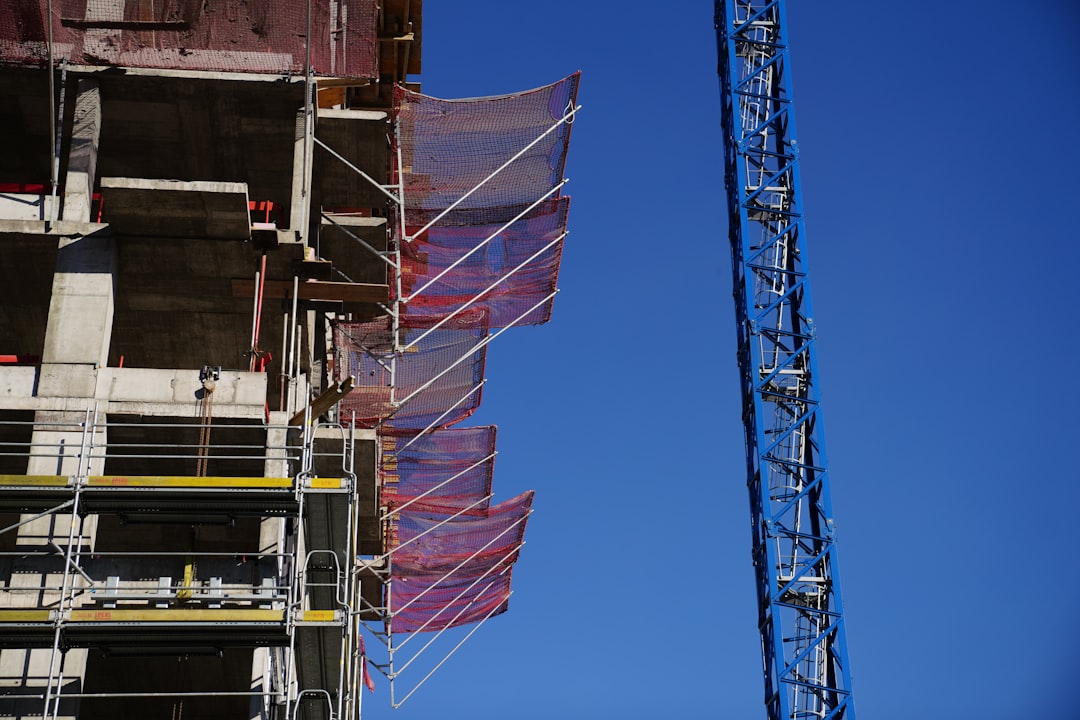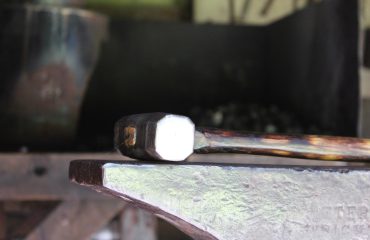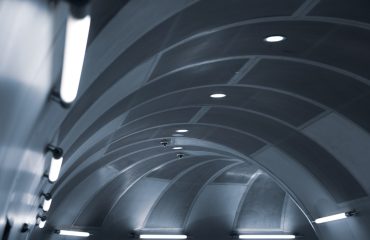body {
font-family: sans-serif;
line-height: 1.6;
}
h1, h2, h3 {
color: #333;
}
h1 {
font-size: 2.5em;
}
h2 {
font-size: 2em;
}
h3 {
font-size: 1.5em;
}
High-strength steel (HEA) profiles are revolutionizing the construction of heavy load structures, offering unparalleled strength-to-weight ratios and significant cost savings. This comprehensive guide delves into the intricacies of using HEA profiles, exploring their properties, applications, and design considerations.
Understanding the Properties of HEA Steel
HEA steel, characterized by its exceptionally high yield strength, is a game-changer in structural engineering. Unlike traditional structural steel grades, HEA offers significantly increased strength with minimal increase in weight. This translates to lighter structures capable of supporting heavier loads, reducing material costs and transportation expenses. The superior strength comes from advanced manufacturing processes and carefully controlled chemical compositions, resulting in a fine-grained microstructure with enhanced mechanical properties. Key properties to consider include yield strength, tensile strength, ductility, and weldability. Detailed material certificates are crucial for ensuring the consistent quality and performance of HEA steel used in critical applications.
Design Considerations for HEA Profile Structures
Designing with HEA profiles requires a nuanced understanding of their unique characteristics. While their high strength is advantageous, it also necessitates careful consideration of factors like slenderness effects, local buckling, and potential stress concentrations. Finite element analysis (FEA) is often employed to model complex structural behaviors and optimize designs for maximum efficiency. Furthermore, the design process should incorporate appropriate safety factors, considering potential variations in material properties and environmental loads. Understanding the limitations of HEA profiles regarding weldability and ductility is also critical to avoid design flaws and ensure structural integrity.
Applications of HEA Profiles in Heavy Load Structures
The versatility of HEA profiles makes them suitable for a broad range of heavy load applications. They are increasingly popular in bridge construction, allowing for longer spans and reduced material consumption. In high-rise buildings, HEA profiles contribute to lighter and more efficient structural frames, reducing foundation requirements and construction time. They also find extensive use in offshore platforms, industrial structures, and heavy machinery, where high strength and durability are paramount. The ability to reduce the overall weight of the structure makes HEA steel a cost-effective and environmentally friendly solution compared to traditional materials.
Advantages of Using HEA Profiles Over Traditional Steel
Several key advantages distinguish HEA profiles from traditional structural steel grades. The most significant is the substantial reduction in weight for a given load-bearing capacity. This translates to lower transportation costs, reduced foundation requirements, and faster construction times. The increased strength also allows for the design of slenderer and more aesthetically pleasing structures. Additionally, the use of HEA profiles can lead to significant material cost savings, especially in large-scale projects. While the initial cost per unit weight might be higher, the overall reduction in material quantity offsets this, leading to significant long-term economic benefits. Moreover, lighter structures contribute to reduced environmental impact during transportation and construction.
Future Trends and Innovations in HEA Profile Technology
The field of HEA steel is constantly evolving, with ongoing research focused on developing even stronger and more versatile grades. Advancements in manufacturing techniques aim to further improve the consistency and quality of HEA profiles, enhancing their reliability and performance. Researchers are exploring innovative joining techniques to optimize the weldability and fatigue resistance of HEA steel connections. The integration of advanced simulation and modeling tools is also improving the accuracy and efficiency of structural design using HEA profiles. Furthermore, the development of new alloys and microstructural control techniques promises to unlock even greater potential in the future, leading to lighter, stronger, and more sustainable structures.
In conclusion, HEA profiles represent a significant advancement in structural engineering, offering compelling advantages for heavy load structures. By understanding their properties, design considerations, and applications, engineers can leverage the full potential of HEA steel to create robust, efficient, and sustainable structures for the future.
SEO Tags:
HEA steel, High-strength steel, Heavy load structures, Structural engineering, Steel profiles




